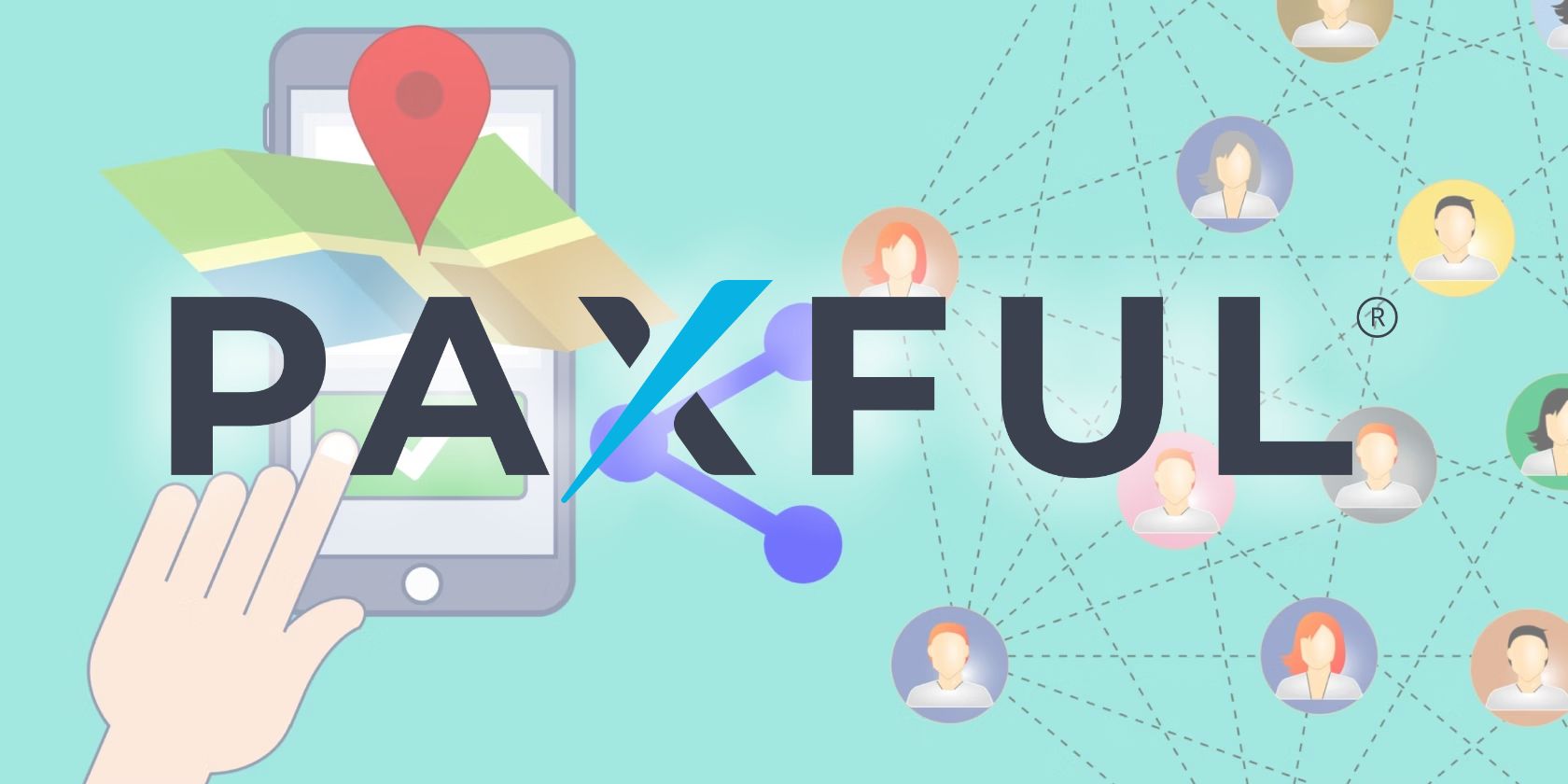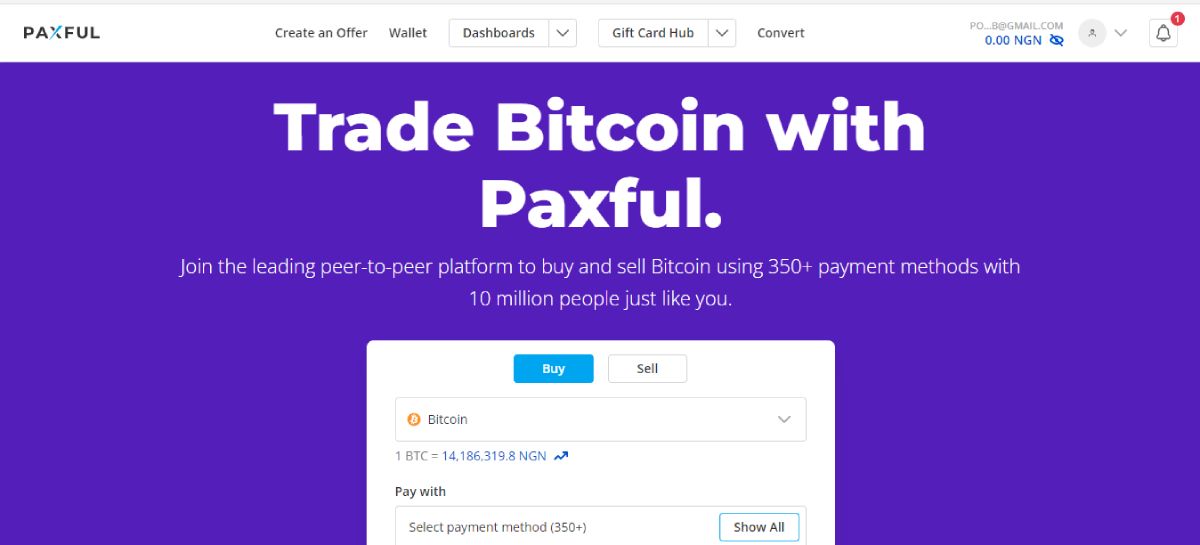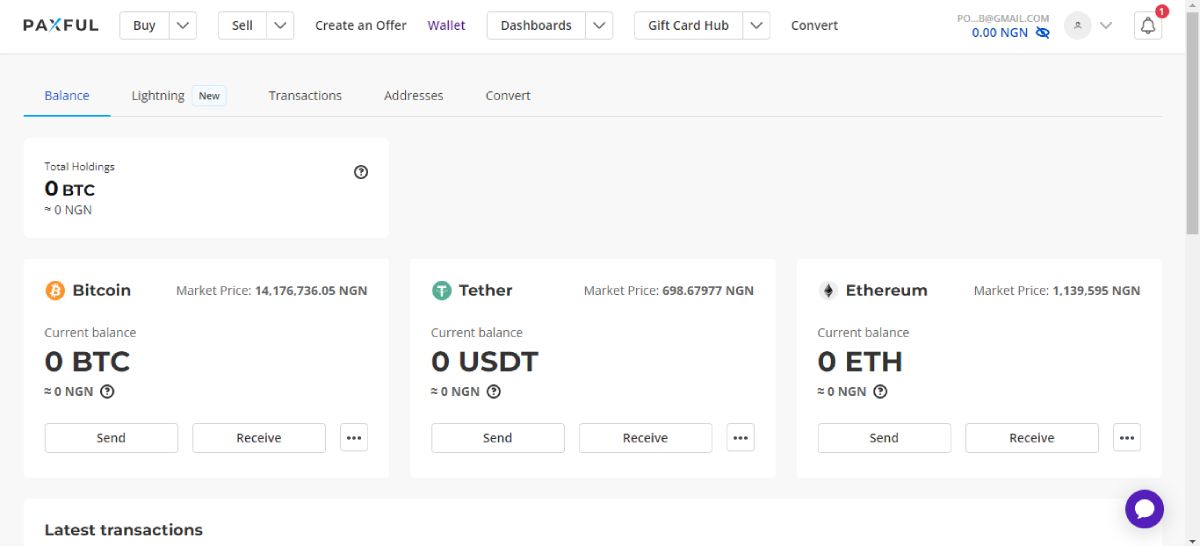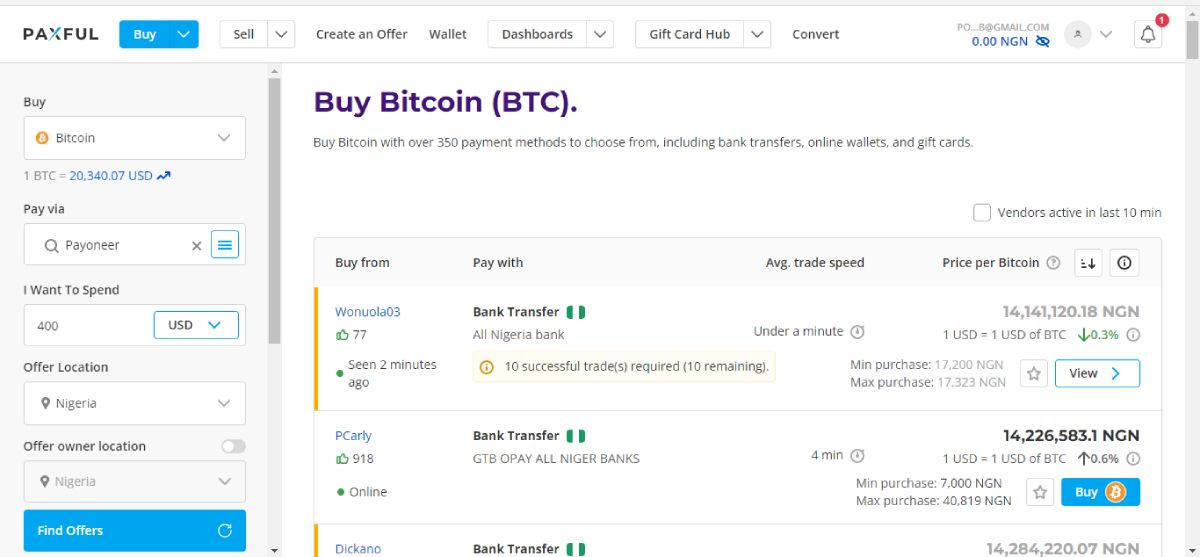
Peer-to-peer (P2P) crypto trading has become common as more retail traders enter the crypto space. While centralized crypto exchanges offer platforms for this purpose, there are standalone marketplaces specifically for trading assets directly between buyers and sellers.
Paxful is one of the top platforms where P2P crypto trading is done. Are you looking for a place to buy or sell crypto without using an exchange? Paxful may be what you are looking for, so read on to learn more about it.
What Is Paxful?
We cannot talk about P2P crypto trading without mentioning Paxful because it is one of the leading marketplaces in the space. It is a decentralized platform, meaning there is no central control, as with a centralized exchange. However, it isn’t the same as a decentralized exchange.
Paxful users mainly trade cryptocurrencies for fiat currencies or vice versa. Trading takes place directly between seller and buyer, without any third-party participation. Furthermore, there is a system that ensures no one commits fraud in the process, as we will discuss shortly.
One distinguishing characteristic of marketplaces like Paxful is that they support payment methods such as Payoneer, which traditional centralized cryptocurrency exchanges don’t support. This makes it a preferred destination for trading cryptocurrencies with more flexibility.
While it is mostly known as a platform for selling Bitcoin, Paxful also supports trading of Tether USDT and Ethereum. Users from any of the supported countries can trade any of these assets with users from their own countries or other countries.
How Does Paxful Work?
Paxful users must register and get verified to use the marketplace. While Paxful is decentralized and there is no central control, the system ensures that no one cheats, making it a reliable place to trade without knowing who you are trading with.
This is made possible through an escrow account which locks cryptocurrencies to be sold so that the seller doesn’t receive fiat payment and fails to release the digital asset. Should a controversy arise during a trade, you can file a complaint and provide evidence, such as proof of payment, to support your case. If the Paxful team verifies that your complaint is legit, they will release the cryptocurrency to you if you are the buyer or hold the cryptocurrency if you are the seller who hasn’t received fiat payment for the assets.
Once you are registered and verified, you can go ahead and place an ad if you wish to sell or provide details of which cryptocurrency you wish to buy and how much you wish to spend, as well as the fiat currency you will be paying with, and the payment method you wish to use.
With this information, you can search for available offers and select the seller you wish to buy from. If you agree with the terms, you can go ahead and pay them, and they will release the asset to you.
How long a transaction takes to complete depends on the trader, the payment method used, and other factors, such as the time taken for the transaction to be confirmed.
Which Countries Does Paxful Support?
Paxful is supported in most countries of the world. Based in the US, it supports users from the country, of course, and those from many other countries globally.
There are currently only 35 countries and regions where Paxful is unavailable, including the Solomon Islands, Christmas Island, Cook Islands, Greenland, and others.
Is Paxful Secure?
As Paxful is a decentralized marketplace, it is only natural for a potential user to be concerned about its safety. However, Paxful is more secure than you may think.
Indeed, the decentralized nature is a security feature in itself, as no Paxful team member can take your funds and run away with them.
Secondly, Paxful operates an escrow that is used to temporarily hold assets marked for sale so that the seller doesn’t double-cross the buyer. Finally, all users of the platform must be verified before they can participate in any trades to ensure that only legit persons get to buy or sell.
One precaution to take is to never keep funds on the marketplace wallet for long if they are not for trading. As the marketplace is online, hackers can attack it and steal funds if stored in your online wallet. Therefore, as soon as you buy a cryptocurrency, it is advisable to immediately transfer it to your personal wallet, preferably to a cold wallet, as they are more secure than hot wallets.
What Are Paxful’s Fees?
There are different fees on Paxful: crypto trading fees, escrow fees, sending and receiving fees, Lightning Network fees, and conversion fees.
Trading Cryptocurrency
| Payment Group | Sell | Buy |
|---|---|---|
| Bank Transfer | 0.5% | no fee |
| Other Bank Transfer | 1% | no fee |
| Credit/Debit Card | 1% | no fee |
| Digital Currency | 1% | no fee |
| Online Wallet | 1% | no fee |
| Cash | 1% | no fee |
| Goods & Services | 1% | no fee |
| Gift Card | 5% iTunes and Google Play cards 3% for all other gift card types | no fee |
The escrow fee is charged for selling cryptocurrencies only when the trade is completed, and some kiosk trades may require a fee in addition to Paxful’s escrow fee.
Sending and Receiving Bitcoin
| Wallet Type | Send | Receive |
|---|---|---|
| External Wallet | $0 – $9.99 = 0.00008 BTC fee $10 – $19.99 = 0.00016 BTC fee $20+ = 0.0004 BTC fee | no fee |
| Internal Wallet | Up to 1,000 USD per month for free (between all cryptocurrencies) After 1,000 USD is reached, a fee of 1 USD or 1% of the amount being sent, whichever is greater, is applied | no fee |
Sending and Receiving Tether (USDT)
| Wallet Type | Send | Receive |
|---|---|---|
| External Wallet | Dynamic Ethereum or Tron network fee + Paxful Wallet fee Paxful Wallet fee breakdown: $0 – $9.99 = 1 USDT fee $10 – $19.99 = 2 USDT fee $20+ = 5 USDT fee | no fee |
| Internal Wallet | Up to 1,000 USD per month for free (between all cryptocurrencies) After 1,000 USD is reached, a fee of 1 USD or 1% of the amount being sent, whichever is greater, is applied | no fee |
Please note that Tron does not charge for transfer using the TRC-20 USDT, but Paxful fees still apply
Sending and Receiving Ethereum (ETH)
| Wallet Type | Send | Receive |
|---|---|---|
| External Wallet | Dynamic Ethereum network fee + Paxful Wallet fee Paxful Wallet fee breakdown: $0 – $9.99 = 0.0005 ETH fee $10 – $19.99 = 0.001 ETH fee $20+ = 0.002 ETH fee | no fee |
| Internal Wallet | Up to 1,000 USD per month for free (between all cryptocurrencies) After 1,000 USD is reached, a fee of 1 USD or 1% of the amount being sent, whichever is greater, is applied | no fee |
Lightning Network
| Wallet Type | Send | Receive |
|---|---|---|
| External Wallet | 1% of the amount being sent | no fee |
Converting Cryptocurrency
| Conversion Type | Fee |
|---|---|
| All cryptocurrency conversions | 0.5% |
Pros and Cons of Paxful
Like any product or service, Paxful has its upsides and downsides. The following are the pros and cons of using Paxful for P2P crypto trading.
Pros
- Multiple assets available
- Decentralized platform with no central control
- Safe for P2P trades
- Many payment options are available
Cons
- Wallet is not safe for storing crypto assets long-term
- Fees are relatively high compared to centralized exchanges
Should You Use Paxful?
Paxful offers a platform for P2P trade with payment options that are not available on centralized platforms. This is its major strength, so it is a good option to buy and sell crypto if you wish to explore other means of payment apart from those on centralized exchanges like Binance.
This news is republished from another source. You can check the original article here.




Be the first to comment